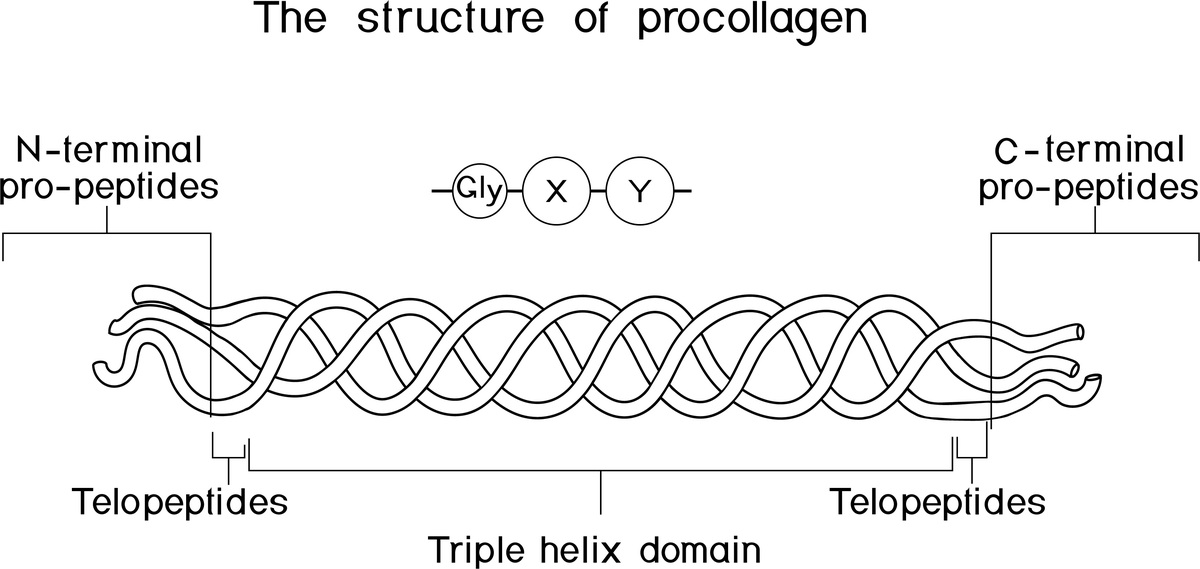Enhanced Endometrial Repair: The Role of Epithelial and Endothelial Cells in HEO Complex Transplantation
The HEO complex we have constructed demonstrates superior endometrial repair effects. This can be attributed to two key factors. Firstly, the transplanted epithelial cells from the mouse uterus may directly participate in the reconstruction of the mouse endometrium. This is evident in both the EO transplantation group and the HEO transplantation group, where we have observed epithelial cells integrated within the mouse endometrium. This phenomenon is novel and has not been observed in other endometrial repair experiments.
Secondly, the endothelial cells of the blood vessels within the transplants are involved in the fusion of the transplanted tissue with the recipient transplantation site during the transplantation process. This result is supported by two observations. Firstly, in the HEO transplantation group, we observed more luminal CD31+ endothelial cells in vascular structures. Secondly, after subcutaneous transplantation of HEO in mice, we observed the fusion and connection of blood vessels formed by human-derived endothelial cells, which have peripheral blood perfusion, with those formed by mouse endothelial cells.
The establishment of vascular network connectivity between the transplanted tissue and the recipient transplantation site is crucial for the success of transplantation, as it provides oxygen and nutrients through the functional blood vessels.

原文地址: https://www.cveoy.top/t/topic/qmhh 著作权归作者所有。请勿转载和采集!